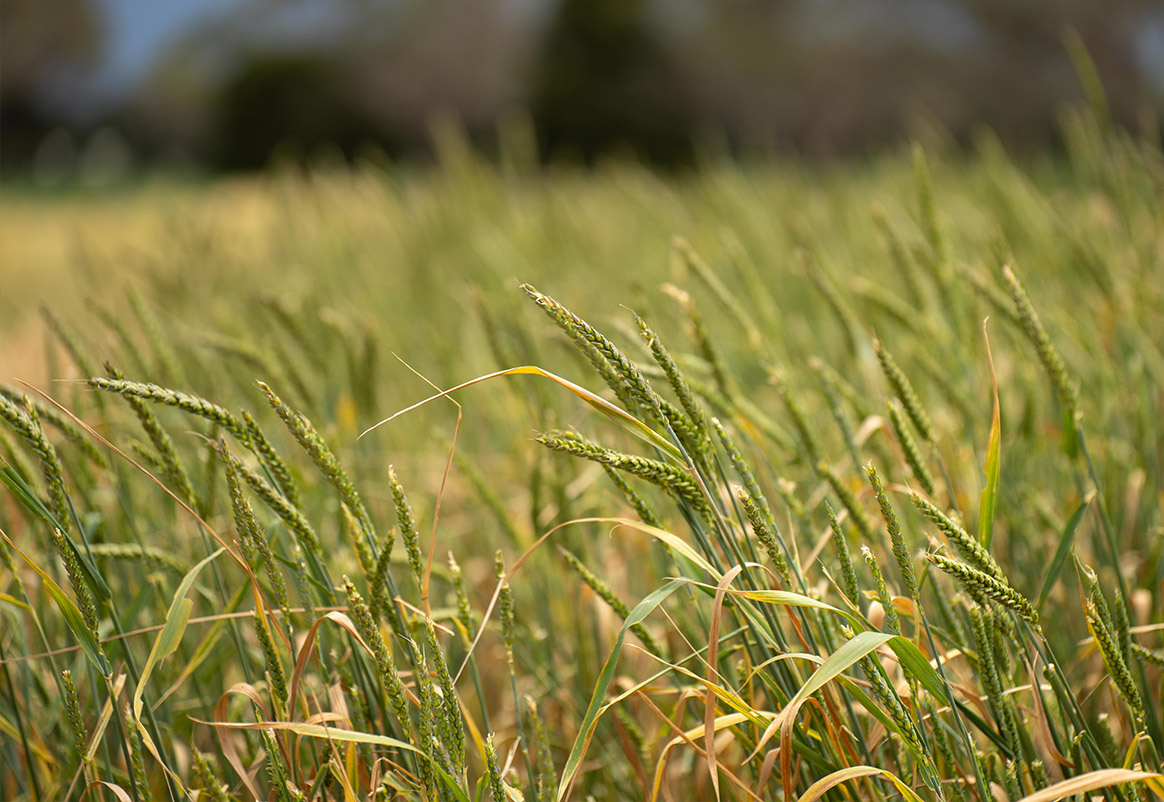Regenerative agriculture is gaining attention as a transformative approach to farming that not only produces food but also restores and enhances the environment. For those new to commodity trading, understanding regenerative agriculture is essential, as it is increasingly influencing how agricultural commodities are produced, traded, and valued in global markets. This article provides a clear introduction to regenerative agriculture, its principles, and its significance in the context of commodity trading.
What is Regenerative Agriculture?
Regenerative agriculture refers to a set of farming practices designed to rehabilitate and enhance the health of the environment, particularly the soil. Unlike conventional agriculture, which often focuses on maximizing yields, regenerative agriculture aims to restore natural ecosystems, increase biodiversity, and improve the long-term sustainability of farming operations. The goal is to create a system that is not only productive but also resilient and capable of mitigating environmental challenges such as climate change.
Key Principles of Regenerative Agriculture
- Soil Health Restoration: One of the primary focuses of regenerative agriculture is improving soil health. Healthy soil is rich in organic matter, which enhances its ability to retain water, support plant growth, and sequester carbon. Practices like cover cropping, reduced tillage, and composting are used to build and maintain soil fertility.
- Biodiversity Enhancement: Regenerative agriculture promotes the diversity of plant and animal species within farming systems. This biodiversity helps create more resilient ecosystems that can better withstand pests, diseases, and extreme weather conditions. Crop rotation and agroforestry are common practices used to enhance biodiversity on farms.
- Water Management: Efficient water use and conservation are critical components of regenerative agriculture. Techniques such as rainwater harvesting, mulching, and the creation of water-retention landscapes help reduce water usage and prevent soil erosion.
- Carbon Sequestration: By improving soil health and increasing plant biomass, regenerative agriculture practices can capture and store carbon dioxide from the atmosphere in the soil and vegetation. This process, known as carbon sequestration, helps mitigate the effects of climate change by reducing greenhouse gas concentrations in the atmosphere.
The Role of Regenerative Agriculture in Commodity Markets
As the demand for sustainably produced commodities grows, regenerative agriculture is becoming increasingly relevant to global commodity markets. Companies and consumers are looking for products that are not only of high quality but also produced in ways that benefit the environment. This shift is driving changes in how commodities are valued and traded.
Benefits of Regenerative Agriculture for Commodity Traders
For commodity traders, regenerative agriculture offers several potential benefits:
- Enhanced Marketability: Commodities produced through regenerative practices are often seen as more sustainable and ethical, making them attractive to consumers who prioritize environmental and social responsibility. This can open up new markets and potentially command premium prices.
- Risk Mitigation: Regenerative agriculture practices can make farming systems more resilient to environmental shocks such as droughts, floods, and pest outbreaks. This resilience can reduce the risks associated with commodity production, leading to more stable supply chains.
- Compliance with Regulations: As governments and international bodies increasingly regulate environmental impacts, commodities produced using regenerative practices may be better positioned to meet these standards. This compliance can help avoid trade barriers and penalties, ensuring smoother market access.
- Contribution to Climate Goals: By sequestering carbon and reducing greenhouse gas emissions, regenerative agriculture can contribute to the global effort to combat climate change. This aligns with the goals of many companies and investors who are seeking to reduce their carbon footprints and support sustainable practices.
Challenges and Considerations
- Initial Costs and Investments: Transitioning to regenerative practices may require significant upfront investments in new equipment, training, and infrastructure. These costs can be a barrier for some farmers, particularly smallholders.
- Knowledge and Expertise: Implementing regenerative agriculture successfully requires a deep understanding of ecological principles and farming techniques. Farmers need access to education and technical support to adopt these practices effectively.
- Market Demand and Premiums: While there is growing demand for sustainably produced commodities, the market for regenerative products is still developing. Ensuring that there is sufficient demand and that producers receive a fair premium for their efforts is essential for the long-term viability of regenerative agriculture.
- Verification and Certification: Establishing credible verification and certification processes for regenerative agriculture is important for building consumer trust and ensuring that products meet the desired sustainability standards.
Regenerative agriculture represents a significant shift in how commodities are produced, with a focus on restoring and enhancing the environment while maintaining agricultural productivity. For those involved in commodity trading, understanding regenerative agriculture is increasingly important as the market for sustainable and ethically produced goods continues to grow. By supporting and investing in regenerative practices, commodity traders can contribute to a more resilient and sustainable global food system, while also meeting the evolving demands of consumers and regulators.
